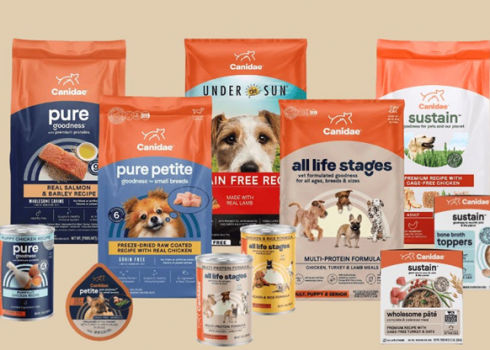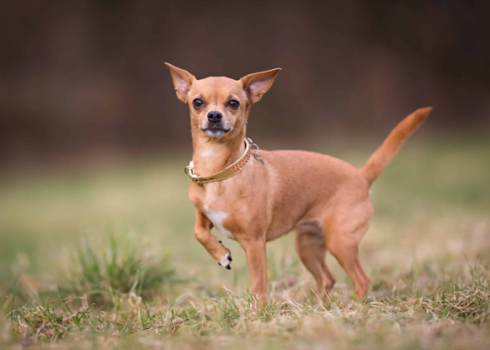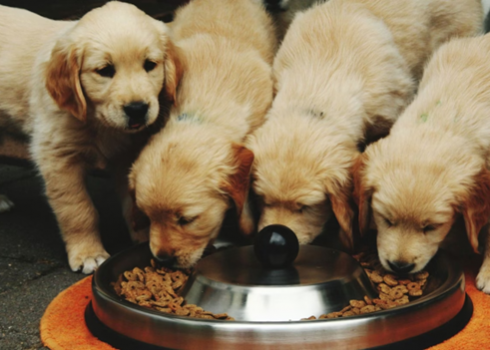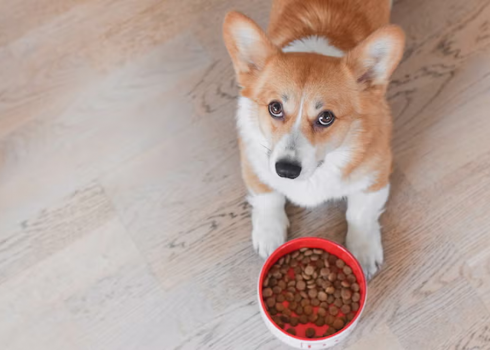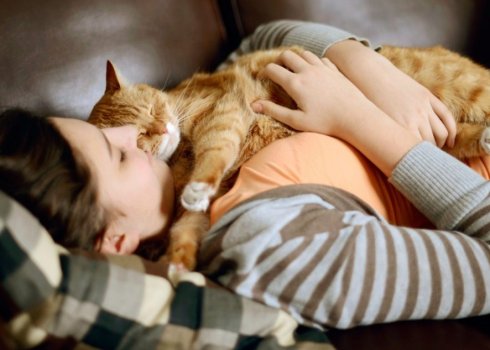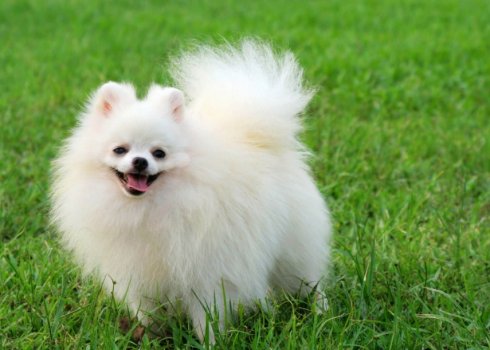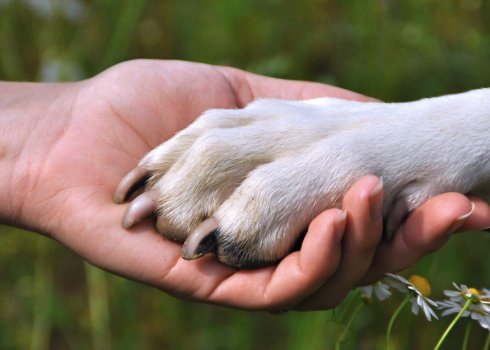As a proud puppy parent, one of the most important decisions I made was choosing the right food for my furry friend. With so many options available, I discovered that grain-free puppy food offers some significant benefits for growing dogs. In this article, I’ll share my insights on the best grain-free puppy food, what to look for, and how to ensure your puppy gets the best nutrition possible.
Why Choose Grain-Free Puppy Food?
When I first started looking into puppy food, I learned about the potential benefits of grain-free options. Grain-free diets have gained popularity for various reasons, including:
- Digestive Health: Many puppies are sensitive to grains, which can lead to digestive issues. Grain-free food can help reduce the risk of upset stomachs and promote better digestion.
- Allergy Relief: Some puppies may have allergies or intolerances to grains like wheat or corn. Switching to a grain-free diet can alleviate these issues and improve overall health.
- Higher Protein Content: Grain-free foods often contain higher levels of meat and protein, which are essential for a puppy's growth and development. This helps in building strong muscles and maintaining energy levels.
Key Nutritional Components of Grain-Free Puppy Food
Selecting the best grain-free puppy food goes beyond just avoiding grains. Here are some crucial nutritional components to consider:
1. Quality Protein Sources
Look for food that lists high-quality protein sources as the first ingredient. Chicken, beef, lamb, or fish should be prominent. Protein is vital for muscle growth and overall health.
2. Healthy Fats
Fats are another essential component of puppy nutrition. Look for sources like chicken fat or fish oil, which provide necessary omega-3 and omega-6 fatty acids. These fats support skin health and a shiny coat.
3. Fruits and Vegetables
A good grain-free puppy food should include a variety of fruits and vegetables. These ingredients provide vitamins, minerals, and antioxidants, which are crucial for your puppy's immune system and overall health.
4. Essential Vitamins and Minerals
Ensure the food is fortified with vitamins and minerals to meet your puppy's nutritional needs. Look for the AAFCO (Association of American Feed Control Officials) statement on the packaging to ensure it meets established standards.
My Top Picks for Grain-Free Puppy Food
After extensive research and consideration, I compiled a list of my top picks for grain-free puppy food. Each of these options has received positive reviews and provides balanced nutrition for growing pups.
1. Blue Buffalo Life Protection Formula Grain-Free Puppy Food
This food contains real meat as the first ingredient and includes wholesome fruits and vegetables. Blue Buffalo is known for its commitment to quality ingredients, and this formula is no exception. It provides the necessary nutrients for healthy growth.
2. Taste of the Wild High Prairie Canine Recipe
I love this grain-free option because it features roasted bison and roasted venison. This unique protein blend is packed with nutrients and flavors that my puppy enjoys. Plus, it contains probiotics for digestive health.
3. Merrick Grain-Free Texas Beef and Sweet Potato Recipe
Merrick’s grain-free formula is made with real deboned beef and sweet potatoes. This recipe not only provides excellent nutrition but also supports healthy digestion and strong muscles.
4. Wellness CORE Grain-Free Puppy Food
Wellness CORE is a high-protein, grain-free option that includes a variety of meat sources and healthy fats. I appreciate that it’s designed to support healthy growth and development in puppies.
5. Orijen Puppy Dry Dog Food
Orijen takes pride in its biologically appropriate food that mimics a natural diet. Their puppy formula features fresh, regional ingredients and is rich in protein. This brand is known for its commitment to quality and transparency.
Transitioning to Grain-Free Puppy Food
Switching your puppy to a new diet should be done gradually. I followed these steps to make the transition smoother:
- Start Slowly: Begin by mixing a small amount of the new grain-free food with your puppy’s current food. Gradually increase the amount of the new food over a week or two.
- Monitor for Reactions: Keep an eye on your puppy for any signs of allergies or digestive issues during the transition. If any problems arise, consult your veterinarian.
- Stick to a Schedule: Feeding your puppy at the same time each day helps establish a routine. This can also aid in digestion and prevent overeating.
Potential Concerns with Grain-Free Diets
While grain-free diets can be beneficial, it’s essential to be aware of potential concerns. Some studies have linked grain-free diets to certain health issues, such as dilated cardiomyopathy (DCM). Here’s what I learned:
- Consult Your Veterinarian: Before making any significant changes to your puppy's diet, it’s crucial to consult your veterinarian. They can provide guidance based on your puppy's specific needs and health conditions.
- Balanced Nutrition: Ensure that the grain-free food you choose provides a balanced diet. Look for reputable brands that meet AAFCO standards.
- Watch for Signs of Allergies: Just because a food is grain-free doesn’t mean it will suit every puppy. Monitor your pet for any signs of allergies or intolerances.
Conclusion: Making the Right Choice for Your Puppy
Choosing the best grain-free puppy food can feel overwhelming, but with the right information, you can make an informed decision. My experience has shown me the benefits of grain-free diets, and I hope my insights help you navigate this important aspect of puppy care.
For more information on grain-free puppy food and related topics, I recommend visiting the American Kennel Club for reliable resources.




